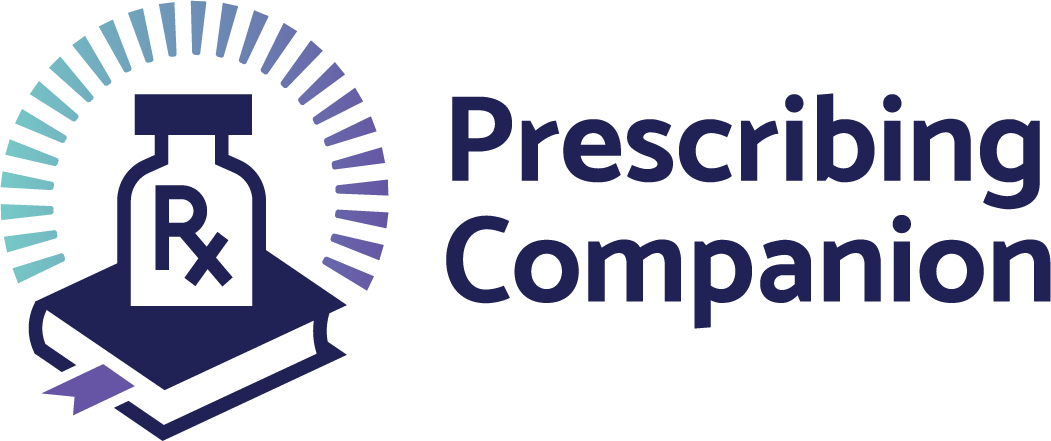Seizures
exp date isn't null, but text field is
Clinical Description
A seizure is a clinical manifestation of an abnormal and excessive discharge of a group of neurons in the brain. It can be convulsive or non-convulsive. When neuronal dysfunction involves a specific area within a brain hemisphere, it is termed as a focal seizure. When neuronal dysfunction generates from a specific area within a brain hemisphere and then spreads to involve both brain hemispheres, it is termed as a generalized seizure. Seizure generalization can occur at the onset of the seizure or as the seizure progresses with time.
Causes:
- Febrile convulsion with intercurrent illness e.g., malaria, viral or bacterial infection, (Febrile convulsions usually occur in children 6 months - 6 years, consider other causes in different age groups)
- Cerebral malaria
- Intracranial infections: Meningitis, Cerebral Abscess, Encephalitis
- Hypoxia of any cause
- Hypoglycaemia of any cause
- Other electrolyte or metabolic disturbances
- Cerebrovascular accidents
- Head Injury
- Seizure disorder (Epilepsy)
- Hypertensive encephalopathy
- Poisoning e.g., alcohol, tricyclic antidepressants, OPP poisoning
- Genetic causes
Common causes of convulsions in neonates include:
- Hypoglycemia
- Birth asphyxia
- Intracranial infection
- Intracranial hemorrhage
- Focal ischaemic injury
Clinical FeaturesSIGNS AND SYMPTOMS
- Transient altered consciousness
- Patients may experience abnormal body movements (head, limbs or trunk)
- Altered sensation
- Autonomic changes
- Psychic events
INVESTIGATIONS
- Random Blood glucose, FBC, Urea, electrolytes, and creatinine, urine dipstick, microscopy, and culture, blood culture, lumbar puncture, electroencephalogram (EEG), CT or MRI brain
TreatmentNON-PHARMACOLOGICAL
- Assess and manage Airway, Breathing and Circulation.
- Assess the patient for any possible causes of seizures or precipitating factors as stated above.
- Patients with underlying risk factors that predispose them to seizure recurrence might require long term antiepileptic therapy.
PHARMACOLOGICAL
Check glucose and treat hypoglycemia
In Adults:
- Give Diazepam 5-10 mg IV slowly. Repeat once after 10 minutes.
- If convulsions continue for another 10 minutes or are repeated more than 3 times without patient gaining consciousness between seizures, treat as status epilepticus.
- Assess the patient for any possible causes of seizures or precipitating factors as stated above
- Patients with underlying risk factors that predispose them to seizure recurrence might require long term If repeated seizures, consider antiepileptic therapy.
- Diazepam IM absorbs slowly and unreliably: IV or rectal routes are preferable
In children and neonates
- See seizure management in chapter 1
Complications
- Aspiration
- Hypoxic brain injury
- Rhabdomyolysis
REFERRAL
Seizures not responding to treatment
